Increasing Prevalence of Chronic Diseases
The rising incidence of chronic diseases such as diabetes, hypertension, and cardiovascular disorders is a pivotal driver for the Transdermal Adhesive Market. As these conditions necessitate long-term medication adherence, transdermal systems offer a convenient and effective delivery method. According to recent data, the prevalence of diabetes alone is projected to reach 700 million by 2045, underscoring the urgent need for innovative drug delivery solutions. This trend is likely to propel the demand for transdermal adhesives, as they facilitate sustained drug release and improve patient compliance. Furthermore, the Transdermal Adhesive Market is expected to benefit from the increasing focus on personalized medicine, which aligns with the need for tailored therapeutic approaches in managing chronic illnesses.
Growing Preference for Self-Administration
The increasing inclination towards self-administration of medications is a notable trend impacting the Transdermal Adhesive Market. Patients are increasingly seeking convenient and user-friendly drug delivery methods that can be administered at home without the need for healthcare professional intervention. Transdermal patches, in particular, align well with this preference, as they are easy to apply and remove. Market data indicates that the self-administration segment is expected to grow at a compound annual growth rate of over 8% in the coming years. This shift towards self-care is likely to drive the demand for transdermal adhesives, as they empower patients to manage their health more effectively and independently.
Advancements in Drug Formulation Technologies
Technological innovations in drug formulation are significantly influencing the Transdermal Adhesive Market. The development of novel polymers and permeation enhancers has expanded the range of drugs that can be effectively delivered through the skin. For instance, recent advancements have enabled the incorporation of biologics and large molecules into transdermal systems, which were previously challenging to administer. This evolution not only enhances the therapeutic efficacy of medications but also broadens the market potential. The Transdermal Adhesive Market is likely to witness a surge in product offerings as manufacturers invest in research and development to create more sophisticated adhesive systems that cater to diverse therapeutic needs.
Rising Awareness of Pain Management Solutions
The growing awareness surrounding effective pain management solutions is driving demand within the Transdermal Adhesive Market. As the population ages and the prevalence of pain-related conditions increases, there is a heightened focus on non-invasive pain relief methods. Transdermal patches, which deliver analgesics directly through the skin, are gaining traction as a preferred option for patients seeking relief without the complications associated with oral medications. Market analysis suggests that the pain management segment of the transdermal adhesive market is poised for substantial growth, potentially reaching a valuation of several billion dollars in the next few years. This trend indicates a promising future for transdermal adhesives as a viable solution for managing chronic pain.
Regulatory Support for Innovative Drug Delivery Systems
Regulatory bodies are increasingly recognizing the potential of innovative drug delivery systems, including transdermal adhesives, which is fostering growth in the Transdermal Adhesive Market. Initiatives aimed at expediting the approval process for novel drug delivery technologies are encouraging manufacturers to invest in research and development. For example, the introduction of guidelines that facilitate the assessment of transdermal systems has streamlined the pathway for new products to enter the market. This supportive regulatory environment is likely to enhance competition and innovation within the Transdermal Adhesive Market, ultimately benefiting patients through improved access to advanced therapeutic options.


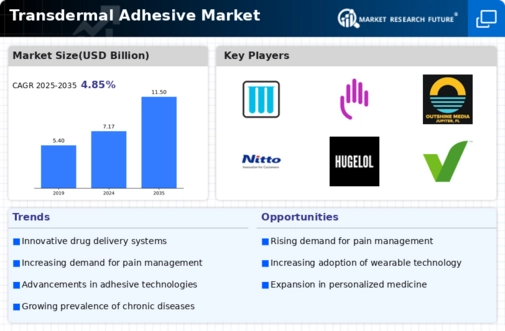
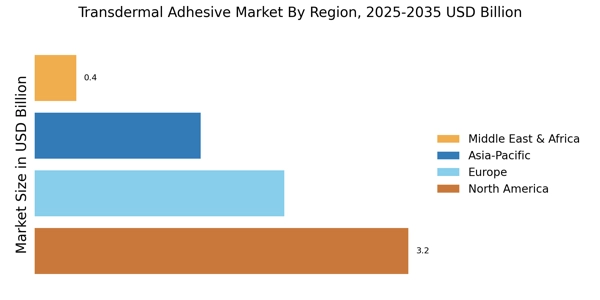

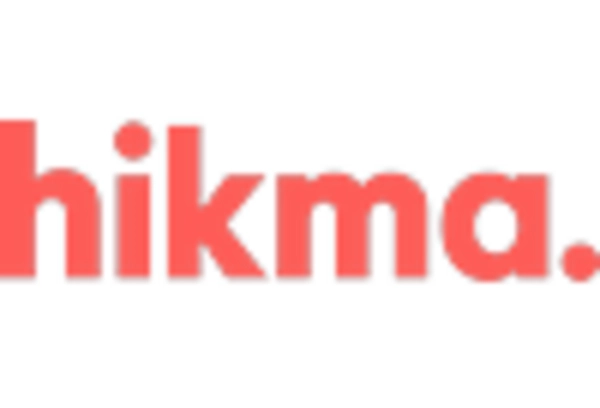

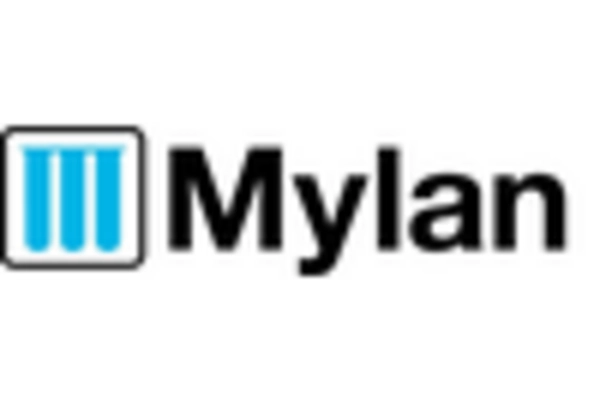
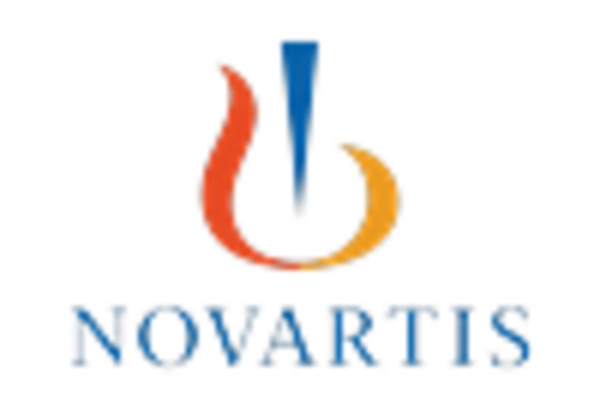
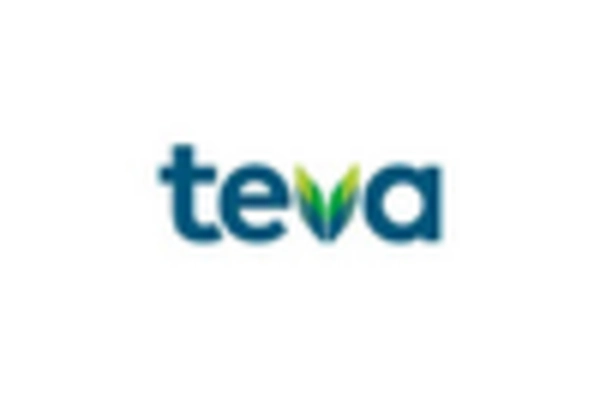








Leave a Comment